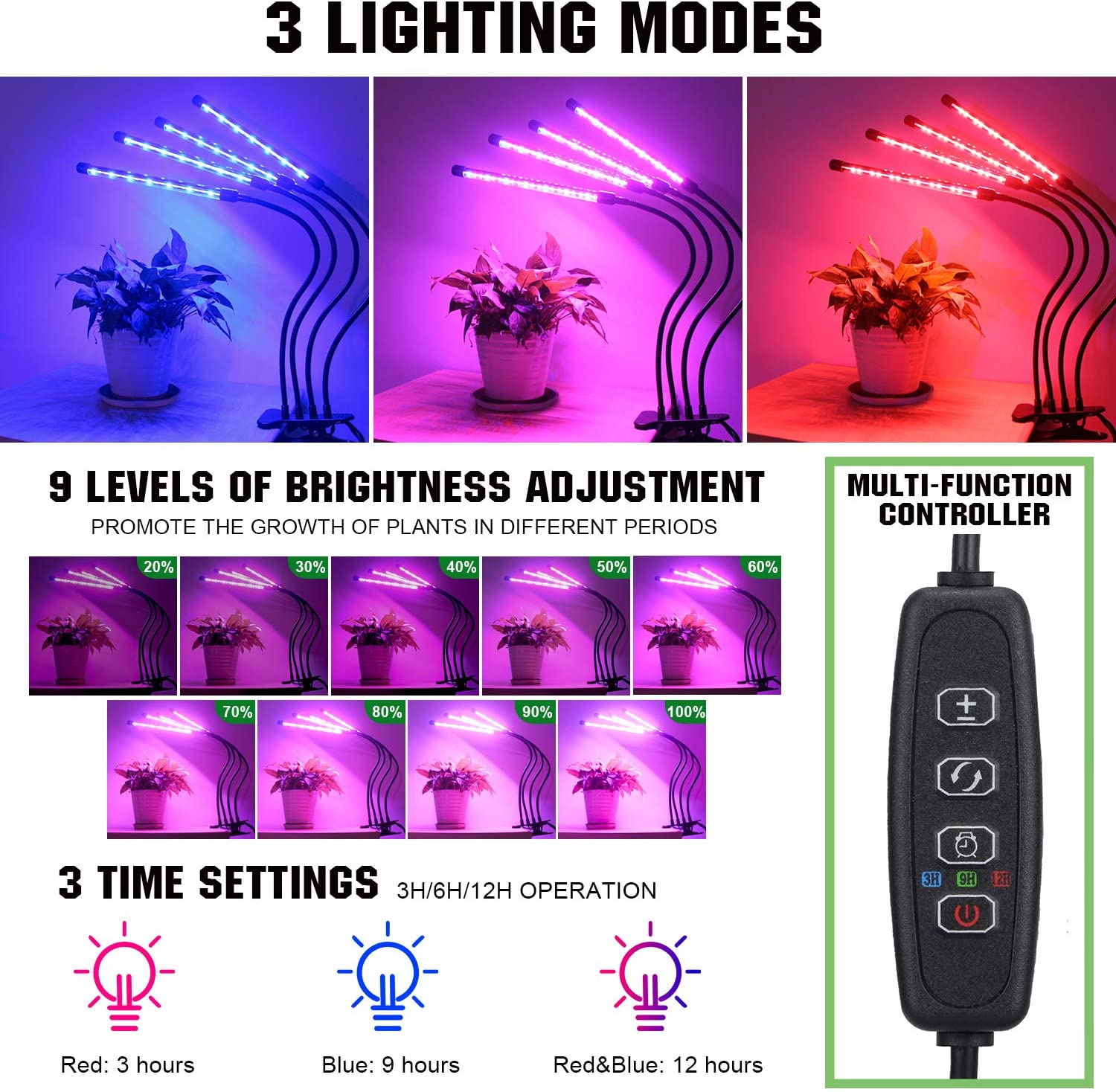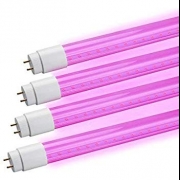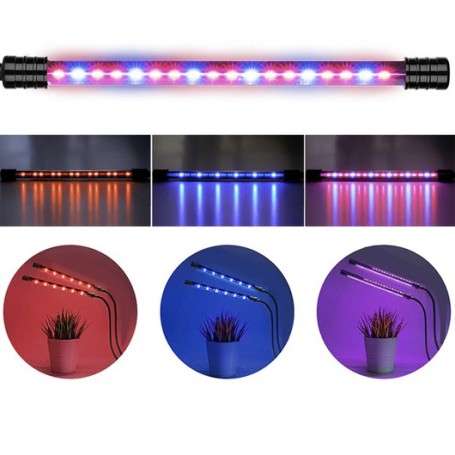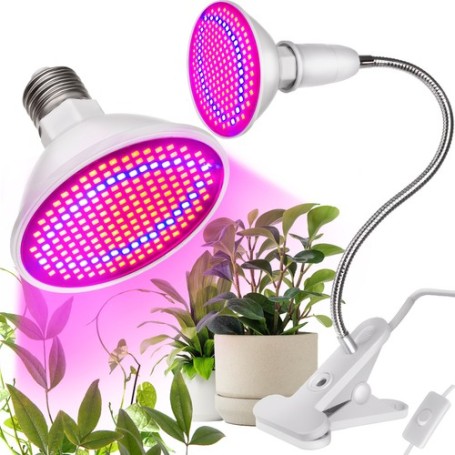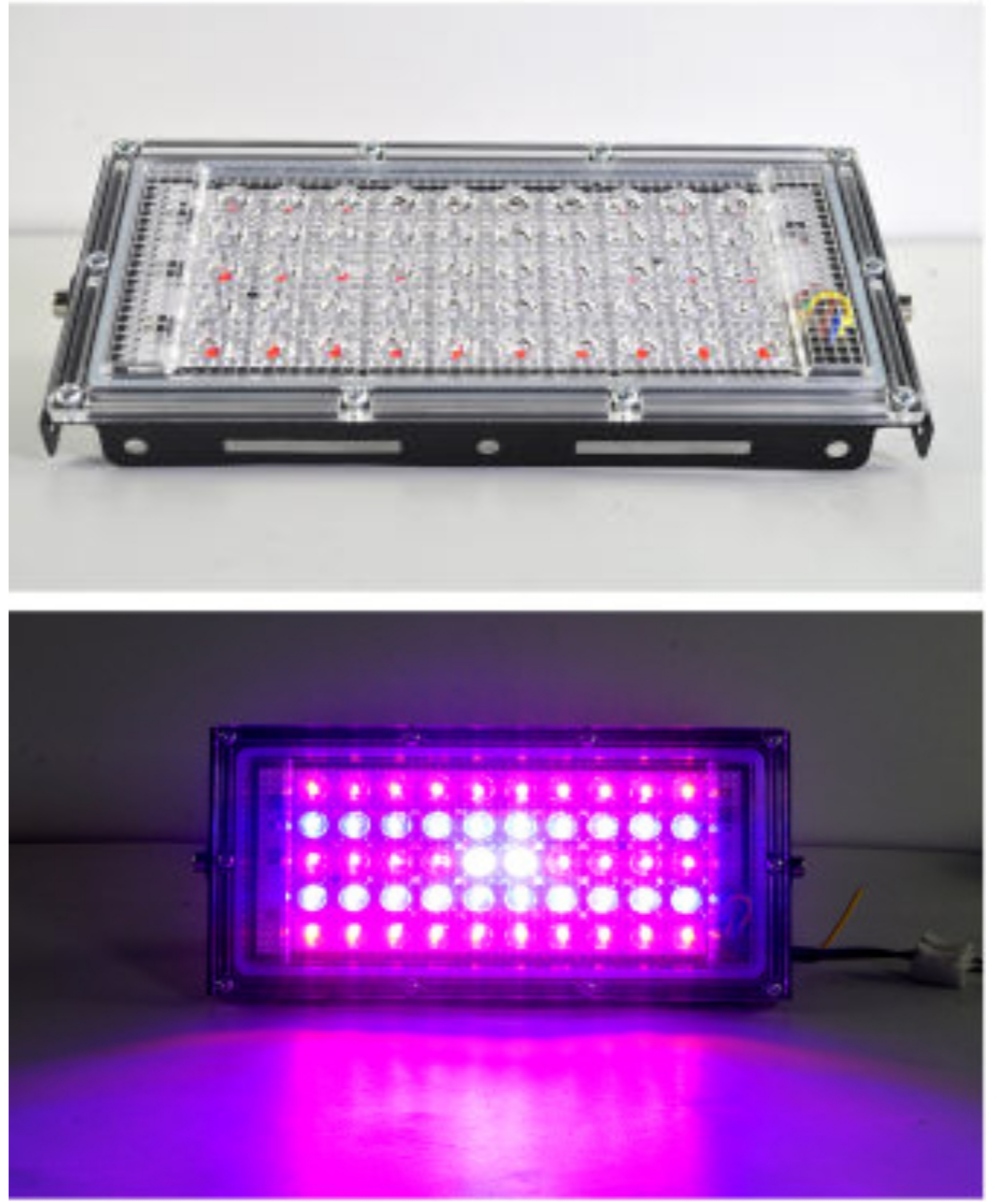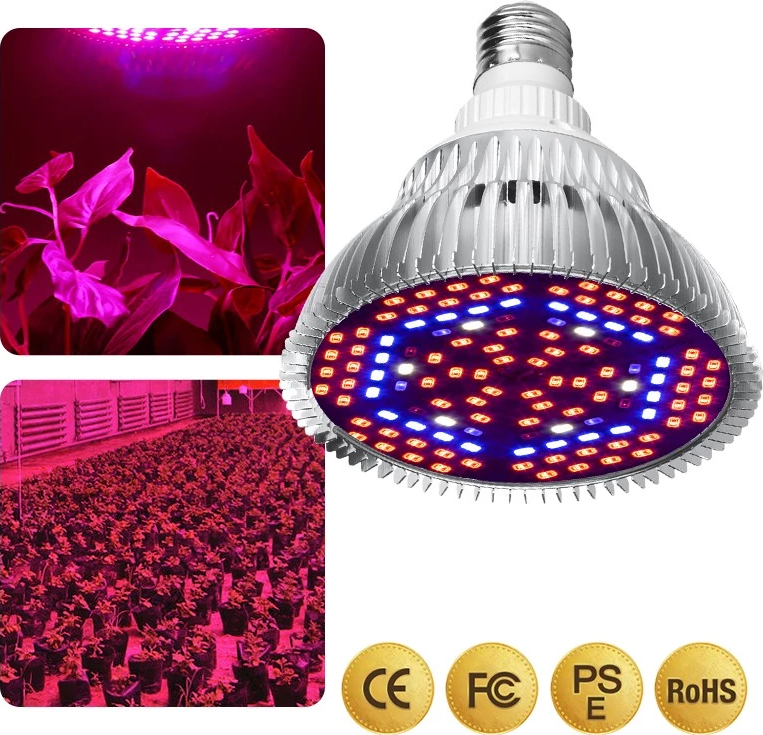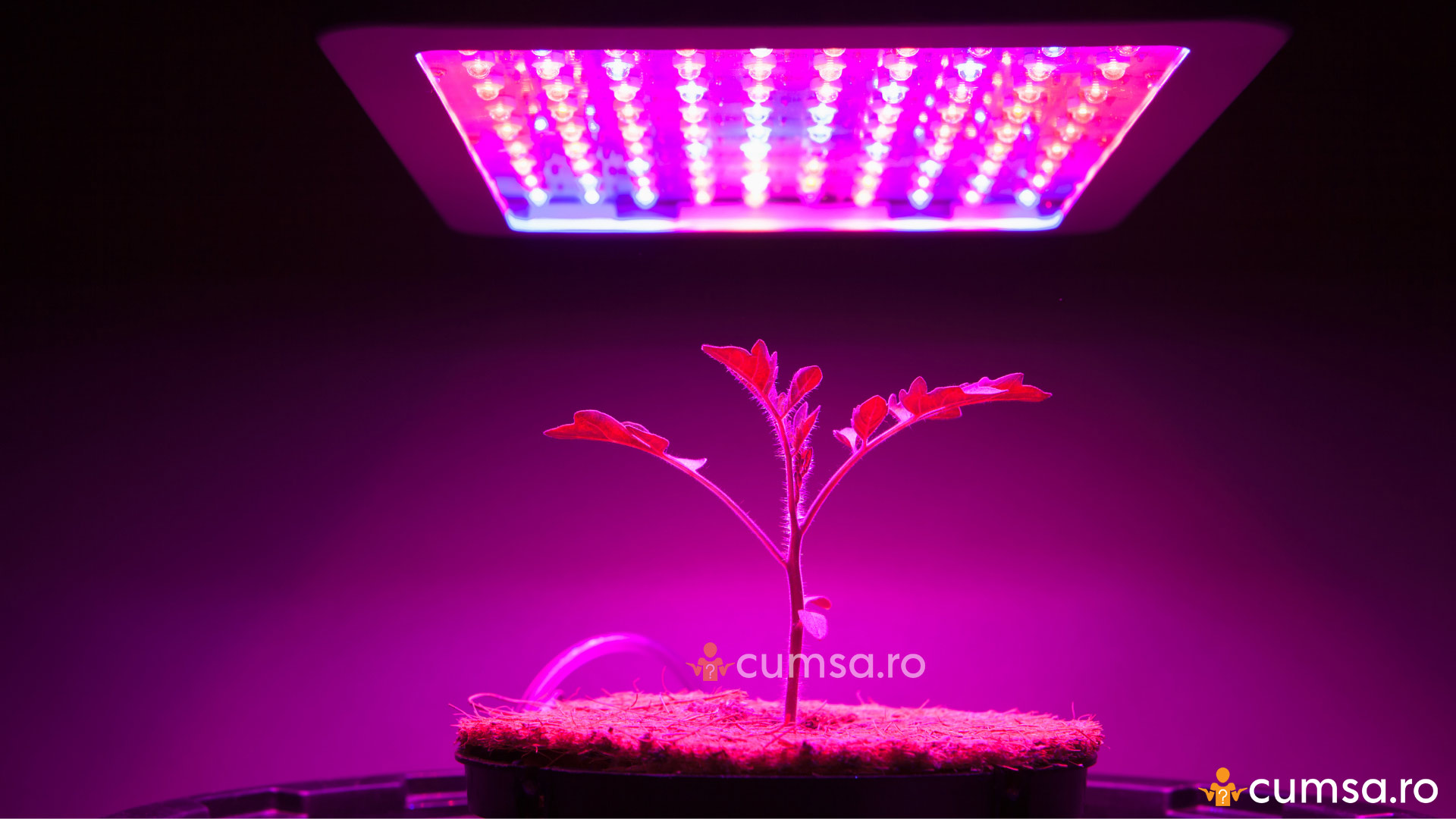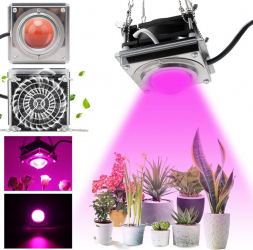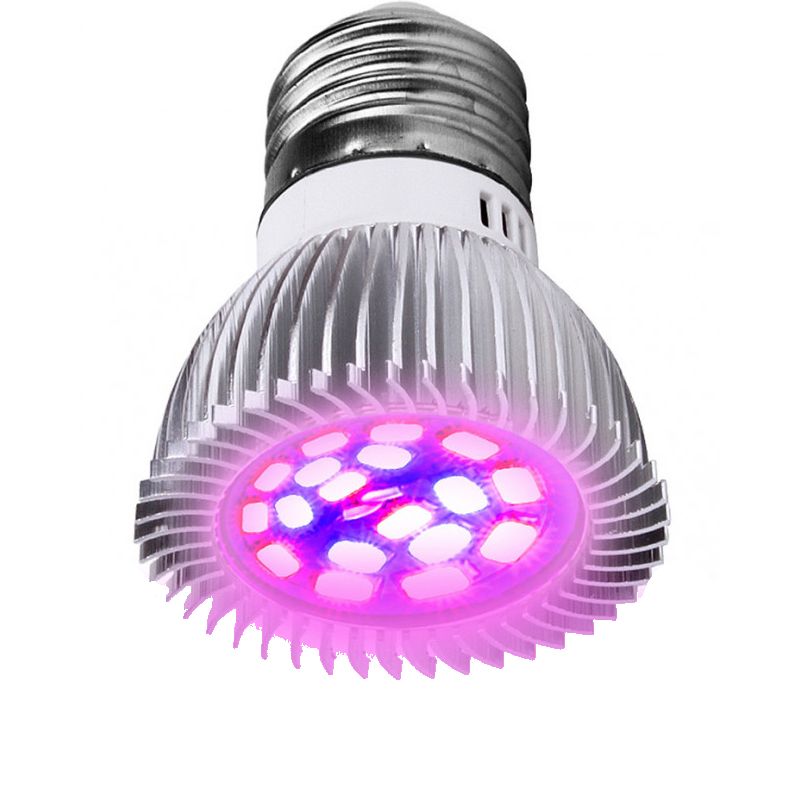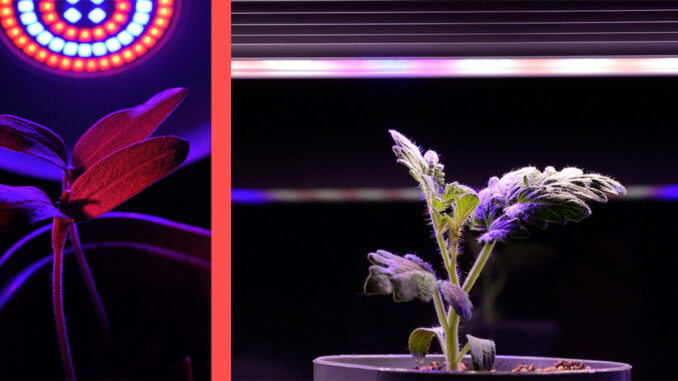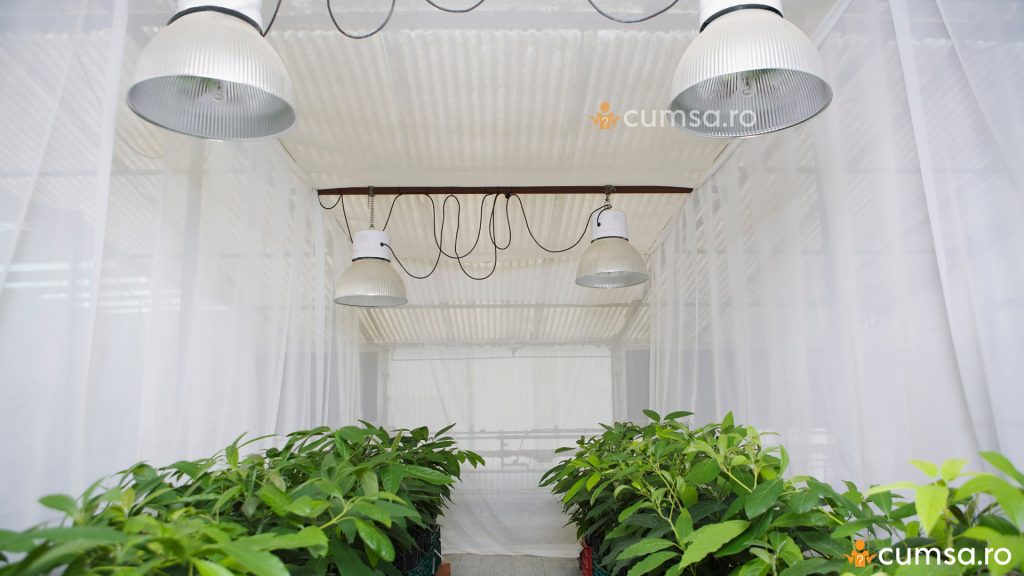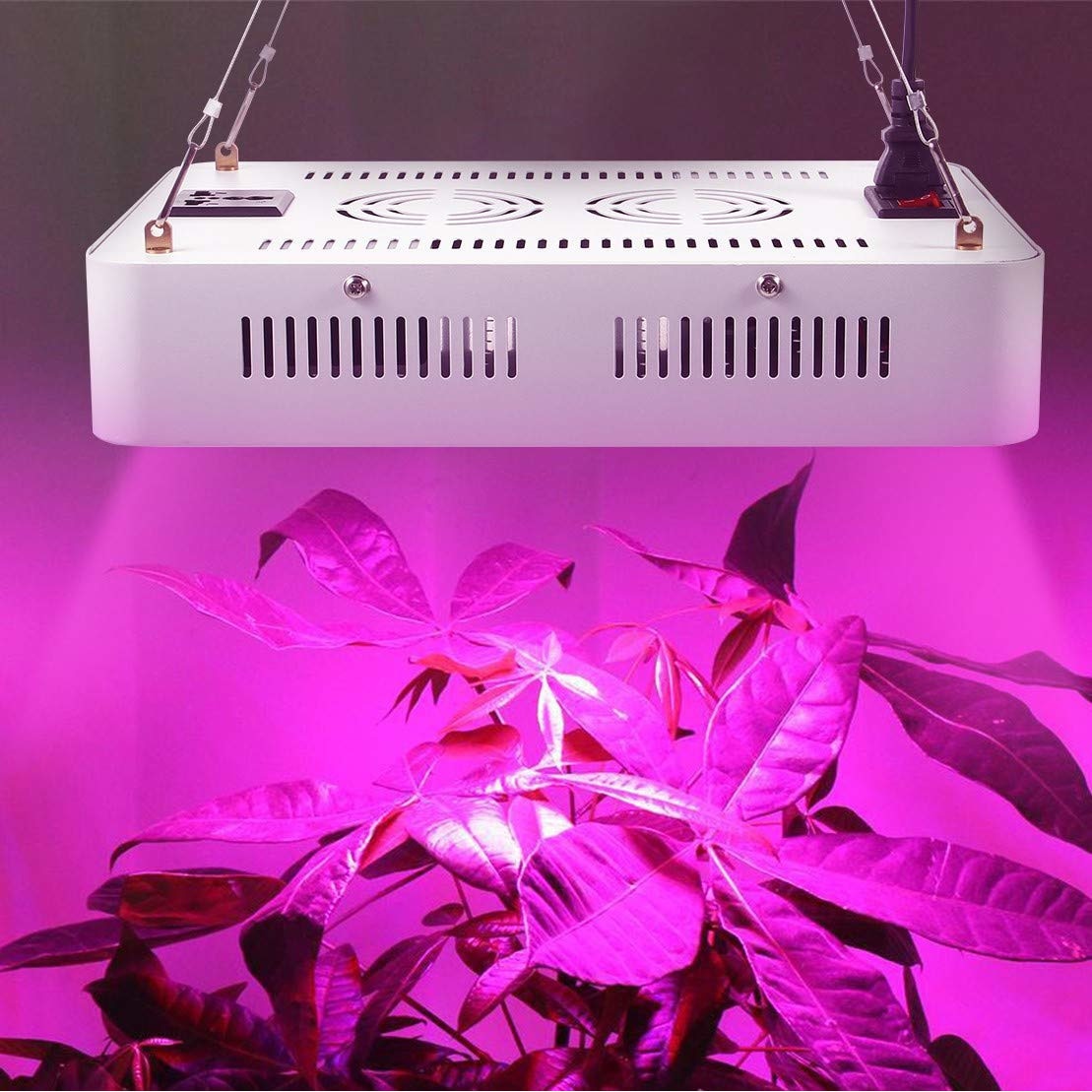
Lampa pentru cresterea plantelor cu spectru complet - 100 LED-uri UV si IR pentru cresterea accelerata a florilor si legumelor, Ej-Products - eMAG.ro
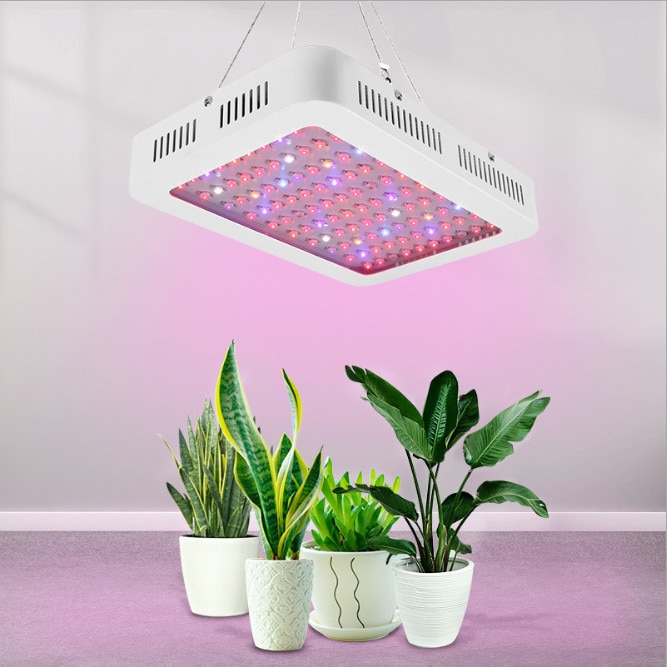
Lampa pentru cresterea plantelor cu spectru complet - 100 LED-uri UV si IR pentru cresterea accelerata a florilor si legumelor, Ej-Products - eMAG.ro

Lampa pentru cresterea plantelor cu spectru complet - 100w LED-uri UV si IR pentru cresterea accelerata a florilor si legumelor - eMAG.ro
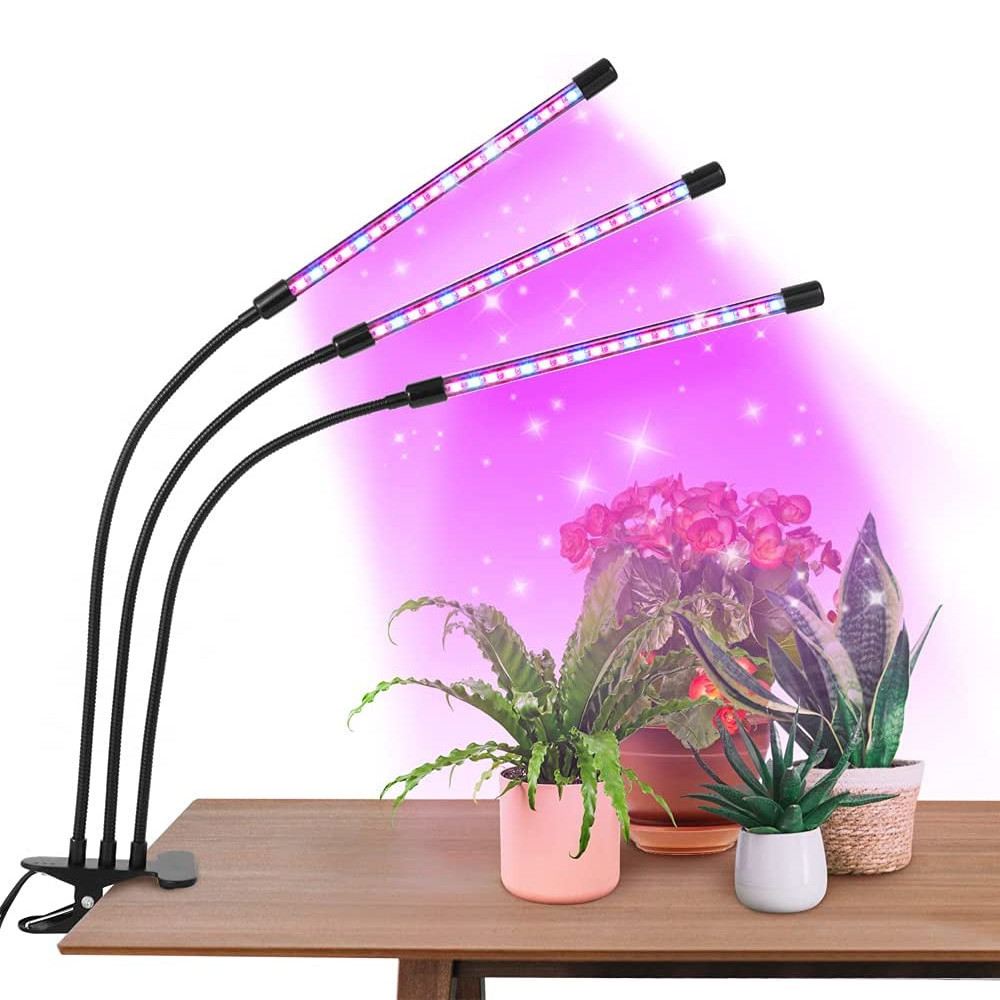
Lampa UV pentru cresterea plantelor la interior, 30W, cu clips, 3 brate reglabile, Lumina LED cu 9 trepte intensitate si temporizator | arhiva Okazii.ro
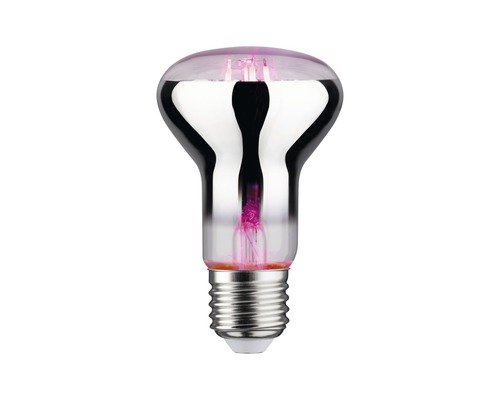
Bec LED pentru plante Paulmann E27 6,5W, lumină 1300K, reflector R63, stimulează creșterea - HORNBACH România
